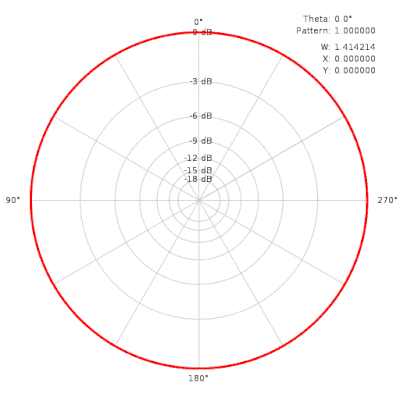Dolby Laboratories
Projects
Rapid acoustic and DSP prototyping of a new conference phone
Being a member of Dolby's audio DSP feature team for our interactive voice products, I was well placed to help objectively and perceptually evaluate acoustic prototypes for new designs.
I collaborated with Dolby's industrial design, mechanical and electrical engineering teams to concept product architectures. From Sydney, I 3D printed representative acoustic prototypes, placed transducers and designed the spatial capture beamforming for each device.
Once the early design phase was complete, I debugged earliest product builds by identifying and solving key issues related to electronic amplifiers, transducer coupling, embedded drivers and the beamforming design.

Surround sound from arbitrary microphone arrays
Dolby identified a market trend whereby most modern audio endpoints adopting MEMs microphone technology for audio capture. This is because they had a much smaller form factor, are cheap, and often still boasted sufficient signal-to-noise ratios for communications applications.
Since we were also building our own MEMs endpoints, it made sense for the our team to commit focused effort building a method to bring Dolby's spatial capture technology to this enormous range of devices. This served our immediate product needs but also unlocked new business partnerships with other consumer electronics organisations.
I led the design of:
- A frequency-domain based optimization routine for producing ambisonic soundfields, with the ability to tune and trade-off white noise gain with spatial fit as a function of frequency
- A python-based acoustic characterisation package that captures the polar response of the transducers in a form that is useful for the optimization.
- Additional optimization methods to improve the ability of the devices to reduce the impact of non-linear coupling and other sources of noise.

Audio DSP features for embedded, PC and mobile targets
At Dolby, my team was responsible primarily for developing the core audio DSP algorithms behind Dolby Voice - a real-time, low latency voice communication stack for capture and render on mobile, PC, the browser and embedded devices.
I made significant contribution to the design, implementation and test of a wide range of DSP features. To build Dolby Voice, there was constant attention paid to the core audio capture technology. I impacted the product portfolio by:
- Improving the duplex performance of the protocol by making our echo prediction more robust for all frequencies, especially those at low SNR.
- Improving noise suppression and voice gating features for new conferencing devices and new communication modes.
- Improving and testing various machine learning algorithms, including our voice activity detection and typing noise suppression algorithms.
- Improving network resilience through forward error correction (FEC) and jitter buffering.
- Implementing various ITU standard codecs, such as AMR-WB, G729, and Dolby Voice's own standards.
As a part of DSP feature engineering, I was also involved in the functional testing of all these algorithms, and worked with our consumer electronics groups as they brought the same technology to a wider range of capture applications.

Factory acceptance test design, yield management and operational handover
Because I had plenty of early exposure to electroacoustic design, electrical debugging and key performance metrics of the conference endpoints, I was given the task of ensuring our devices were able to be manufactured reliably at scale.
This involved:
- Being on-site in Guangzhou, China as the earliest devices were being built to inform operational process and devise early factory tests.
- Consistently monitoring the health of devices as they were produced.
- Collaborating with our contract manufacturers to pragmatically design device pass-fail conditions for trading off quality with yield.
- Communicate the implications of manufacturing process changes to management and other business stakeholders.
